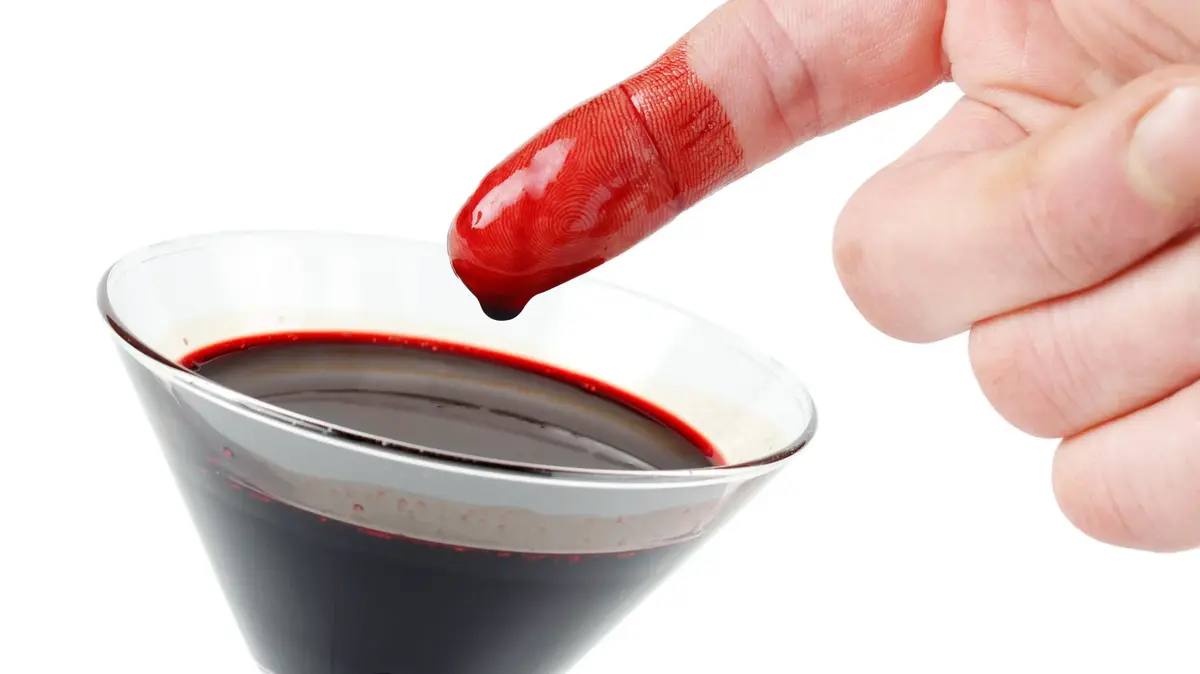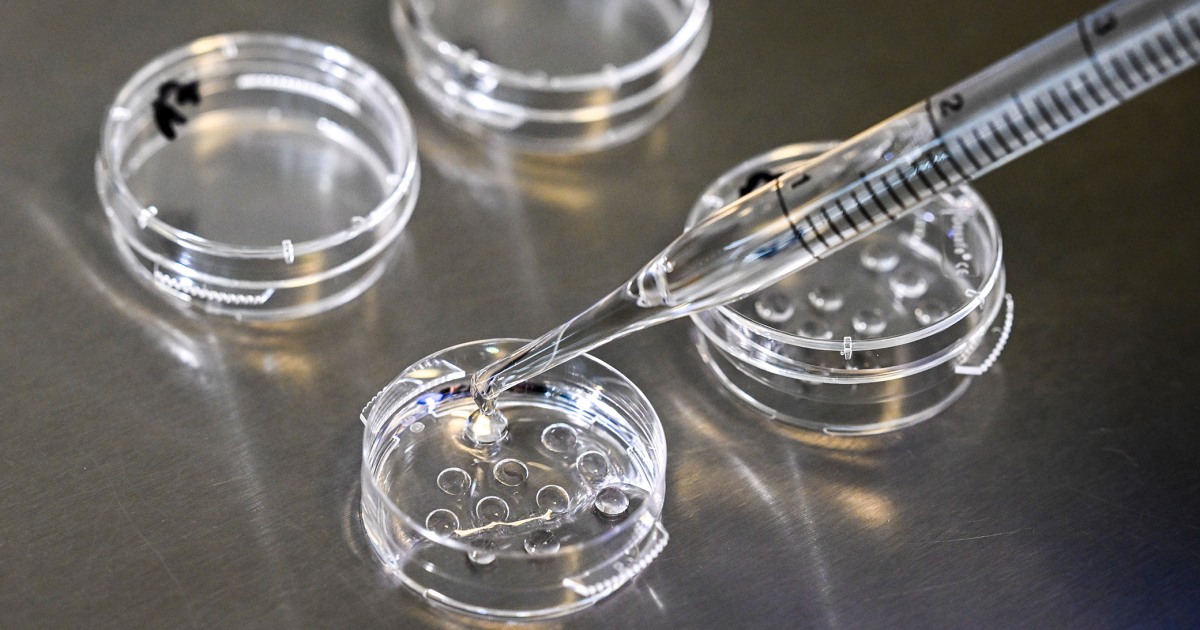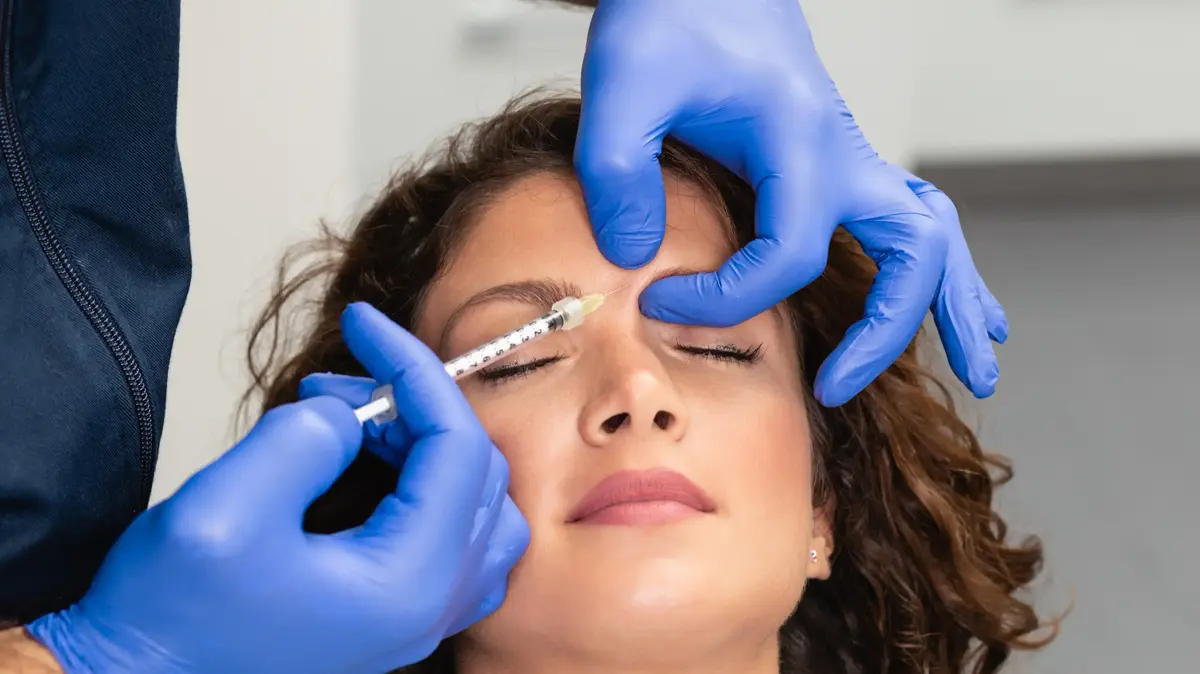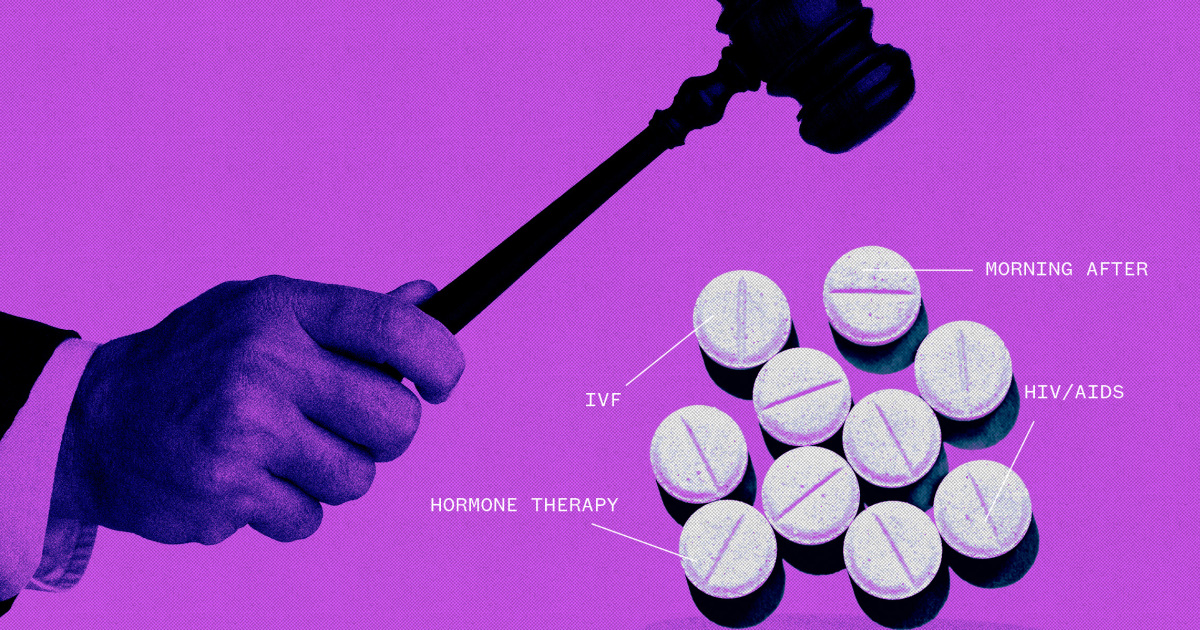After multiple failed transfers with her own eggs, Marisa (44) had lowered her arms because she was physically and emotionally exhausted. But she still had one last frozen embryo left to fulfill her wish to be a mother and decided to try an innovative treatment: platelet-rich plasma. It was his sixth attempt and last hope.
"My doctor explained that plasma was being used in fertility experimentally and offered me the alternative of undergoing ovarian rejuvenation with platelet-rich plasma. The procedure was simple and painless. It's like getting a PAP. I managed to get pregnant in 2021, at 42 years old, with the last embryo that was fertilized with an egg of my 39," Isabella's mother, who is about to turn her first year of life, tells Clarín.
Luciana Annetta (40) also opted for this alternative. "The high and low complexity treatments did not give me results and I did not want to go to egg donation because internally I felt that at some point I was going to get pregnant. So, my doctor recommended intraovarian plasma. He explained that it is still under study and is done in a particular way. I did not hesitate and today I am a mother of twins. It was a great help," he recaps.
Luciana Annetta (40) opted for platelet-rich plasma treatment. He had twins.
What is platelet-rich plasma (PRP)?
"It is an experimental technique that we are testing within research protocols. The first studies began between 2018 and 2019, but in recent years it gained greater notoriety. Initial studies show, within a small percentage, that it improves the hormonal profile and allows to get some more eggs to generate a greater chance of pregnancy, "explains Silvia Ciarmatori, head of the Family Planning and Contraception section of the Italian Hospital of San Justo.
The ability of the ovaries to produce eggs is measured with the so-called "ovarian reserve", which decreases with age, especially after the age of 35. Ovarian aging is a physiological process associated with a decrease in the quantity and quality of oocytes in the ovary. Given this scenario, in medical consultations the main cause of reproductive difficulty and infertility is associated with a low ovarian reserve, a suboptimal response to stimuli or ovarian failure.
The plasma already obtained, which is used as ovarian rejuvenation therapy.
Platelet-rich plasma is one of the most widely used non-invasive treatments in aesthetics. As an "ovarian rejuvenation" therapy it began to be used in Greece in 2016 and the first results were published in perimenopausal women. Currently, it is performed in several places around the world. In Argentina, it began to be used less than two years ago and under experimental protocol. It is done at the Italian Hospital of Buenos Aires and in some fertility centers such as Halitus, Procrearte Buenos Aires and in Laura Elberger's office.
"The intrinsic mechanisms of regulation and functioning that the ovaries have are not fully understood. There are different techniques that are explored to slow the deterioration of ovarian function and even 'rejuvenate' it. The use of platelet-rich plasma is one of them," says Sergio Pasqualini, a gynecologist specializing in fertility, director of Halitus Medical Institute.
The cost of this treatment is variable and is not covered by prepaid or social works. It is a private practice. The value can be between $ 200,000 and $ 500,000. "The endometrial PRP that is placed in the cavity of the uterus to thicken or improve receptivity is done in the office and costs $ 38,000 and the intraovarian is practiced in the operating room and costs $ 75,000," says Pasqualini.
Which women are practiced? The indication is reserved particularly for those who have a diagnosis of low ovarian reserve or with previous cycle attempts, with a low number of eggs retrieved.
How Platelet-Rich Plasma Is Used
PRP is a portion of the patient's plasma with a highconcentration of platelets. It is obtained after the separation of the components of a blood sample (red and white blood cells and plasma with platelets), in a process known as centrifugation. Platelets release a large amount of growth factors that favor the repair and regeneration of different tissues.
"The intraovarian PRP technique is done in patients who have low ovarian reserve and ideally less than 41 years. It is applied to the ovaries with the aim of 'activating' the residual follicles of the ovary, and thus increasing the number of eggs that can be obtained when a new ovarian stimulation is performed a posteriori", develops Laura Elberger, a fertility specialist.
As part of the process, plasma is separated from red blood cells.
Romina Pesce is head of Reproductive Medicine at the Italian Hospital of Buenos Aires. He explains that platelets are elements that are circulating in our body, within the blood. "Platelet-rich plasma consists of a high concentration of platelets, within the plasma fraction, which is obtained after centrifuging peripherally drawn blood," he says.
Platelet activation then induces the release of a variety of biologically active proteins that stimulate cell proliferation, growth, and differentiation. This is the foundation that gives PRP regenerative or rejuvenating therapeutic purposes.
"In the case of its intraovarian application, it promotes the development of primordial and primary follicles so that they then develop until they are ovulated," adds Pesce.
How is the procedure
The experts consulted agree that the treatment is not successful in all cases. For Claudia González, a specialist in functional, aesthetic and regenerative gynecology, its greatest advantage is to represent a safe, effective, autologous, non-toxic and non-allergenic biological material.
One of the equipment that centrifuges plasma.
Being a therapy that uses the patient's own blood, there is no risk of rejection. The risks are associated with ovarian puncture and are less than 1%.
For the preparation of plasma is performed a blood draw of 30-60 ml by venipuncture. The blood is centrifuged to achieve separation of its components. The desired plasma fraction is then obtained, that is, a portion of the patient's own plasma with a high concentration of platelets.
The PRP obtained is introduced into both ovaries by transvaginal puncture, under guided ultrasound, with or without anesthesia, on an outpatient basis. "It is important that ovarian stimulation for a new IVF or assisted fertilization treatment is performed immediately after the PRP procedure, in order to stimulate and accompany the development of those follicles previously activated," says Pesce.
Elberger explains that this technique can be performed only once or repeated over three months, once a month. "Then, the parameters of the 'ovarian reserve' are reevaluated by hormonal and ultrasound control to see if there were changes and a new highly complex treatment is carried out to obtain these new post-PRP eggs," he illustrates.
What studies validate PRP
"Today, the evidence is limited and based on studies with small numbers of patients. This year, the first multicenter randomized study on the subject will be presented at one of the most important fertility congresses of the European Society of Reproductive Medicine (ESHRE)," says Luciana Devenutto, coordinator of Regenerative Ovarian Therapies at Procrearte.
"A study from 2022 is the one with the highest number of cases so far. A total of 510 women with low ovarian response were evaluated. After the technique, it was seen that the parameters of the ovarian reserve improved with a live birth rate of 13%. But more prospective and randomized clinical studies are still needed to support the results," says Elberger.
The medical literature in the last two years grew exponentially, showing encouraging results. "For now, it is experimental because of the scarce casuistry but they are performed because there are patients who endorse their use. Time and increased use will give its verdict," concludes Pasqualini.
ACE
See also















